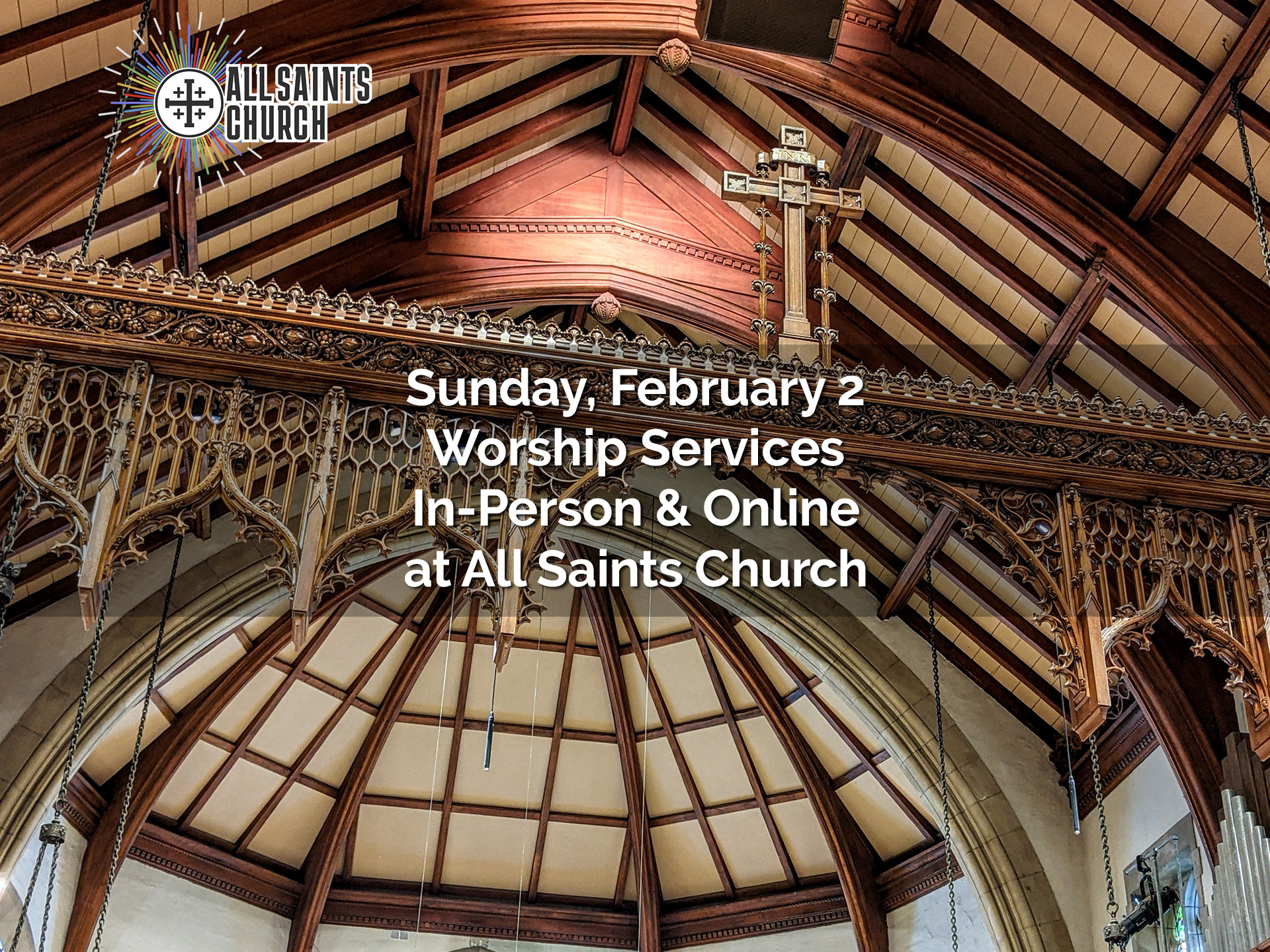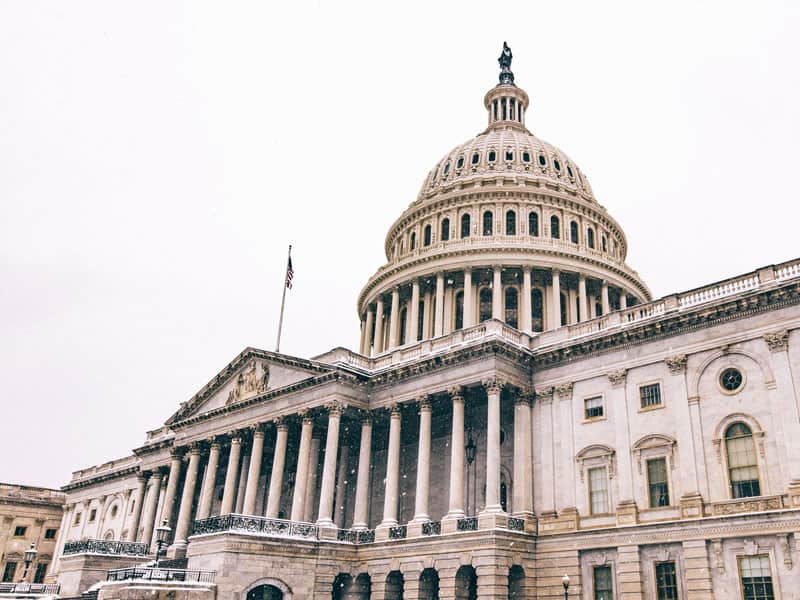Fill us with your Spirit that we may see as you see;
And love as you love.
In the name of the Creating, Redeeming, and Sustaining God.
Amen.
Do you have a favorite image from the Bible? The image of the scene in the parable of the loaves and fishes is an indelible classic, and one of my favorites from childhood–maybe because there is a child who plays an important role. We are guided by our images, images of ourselves, of other people, of God and the world. Some images come from within, swimming out of the deep waters of the unconscious into our dreams and meditations. Others are shaped from the outside, by authors, filmmakers, and those on social media, who present us with pictures of the world and our place in it. An image of a young healthy attractive person drinking an ice-cold soda not only elicits our thirst, it communicates to us who is desirable and valued and fortunate. Images appeal to our deepest hungers to be safe, to be happy, and to be loved. In choosing whom to believe, we choose the images that shape our lives…and the competition for our loyalty is fierce.
Our Christian tradition has images that tell us who we are and what kind of universe we live in. Images of Exodus teach that God travels with us to freedom through the wilderness of life. Images of Easter, of water, bread, and wine show us that God suffers with us, and promises to transform our pain and even death, into life. These images help us know what matters and what is worthy of our devotion. They have the power to change our lives and root us in joy. As people of faith, we learn to see this world, each other and ourselves as God sees us. We must surrender the images our culture feeds us, so we may live as if God’s reality is the only one that truly matters. The only sure rock on which to build our lives. As humans, we must choose between those images that ground us in our deepest reality, and those that do not.
Today’s gospel reading is rich with competing images-images on one hand of fear and scarcity, and on the other, images of extravagant abundance and God’s presence in adversity. The disciples are struggling, like most of us, to see the world in a new way. The people flocking to hear Jesus have been drawn to his healing presence. Even though the disciples have had front row seats to Jesus’ healing power, they can’t yet look beyond the appearance of things to the deeper reality of God’s abundance in their midst. They can’t imagine anything different than the facts on the ground.
And here are the facts–there are 5000 families—many hungry people and there is little if any money. The disciples are hungry, wondering how they are going to feed themselves, let alone anyone else. Overwhelmed by the gaping need of the people, their imaginations have been dulled by poverty and powerlessness. They never even consider the possibility of providing dinner–until Jesus asks them how they intend to do it. They turn to conventional answers and come up empty. They can’t provide what they do not have. I imagine Jesus waiting quietly as they scour the crowds until they find a donor who doesn’t fit any of their criteria for the most likely to contribute. They bring this young boy’s tiny but wholehearted offering, never dreaming what God can and will do. The disciples see scarcity, Jesus sees abundance. The disciples see human limitations, Jesus sees the opportunity for God’s loving power to be revealed.
He sees that this crowd is hungry in their bodies, and hungry in their hearts for meaning and hope. Down trodden and heavily burdened, they are dominated by political powers that are hard and self-serving. Jesus sees their need and knows that God’s abundance is most profoundly revealed when we run smack up against our limits… and a tiny larder. Jesus is guided by the image of the teaming and inexplicable abundance of creation, guided by images of the God of Exodus who creates new possibilities where there is no ground for expectation. The images of nourishment of the people in a barren land, guide him. Steeped in prophetic imagination, Jesus construes a world other than the taken-for-granted world around him, so he recognizes the face of God in the least of these. He accepts the boy’s offering, thanks God, and with this creation of more inclusive community, abundance and overwhelming bounty emerge.
The people are amazed and turn their efforts towards promoting Jesus as King. They are looking for a tribal king who will use his power to overthrow their enemies by force. But Jesus has a different image of power. It is the power of the love that created all that is and uses power for and with others. It is the power of a leader who stands with, not over others. A leader who shares and empowers others in a way that multiplies resources. Jesus knows the power of love, compassion, and inclusive community. He knows that love that suffers with the suffering of others has a power that no emperor can even begin to imagine. Jesus escapes the crowd to be alone and grounds himself in the reality of God’s presence.
Meanwhile, the disciples stay behind and a very perplexing thing happens. After they wait for a little while, they leave Jesus behind, and get in the boat by themselves. I wonder about that!
Wouldn’t you think they would wait for their teacher and friend with whom they have just had this mind-blowing experience? But they don’t. Maybe the disciples thought he’d gone ahead. Maybe they had an urgent meeting on the other side of the sea. But I don’t think so. I suspect the disciples leave because it takes a lot of exposure to new images and experiences, to alter old familiar images of self-sufficiency or abandonment or powerlessness. We may resist our interdependence. Trauma can crush our ability to imagine a better world than the one we have. It’s uncomfortable to let go of old ways of seeing things, even if they are hurtful to ourselves or others. Old images are familiar and predictable and we crave predictive power. It’s not easy to be surprised, confused, and even amazed by the undreamt ways that God is revealed to us.
Whatever the case, the disciples don’t wait for Jesus, and row out to sea on their own. They push out from shore into a sea that is known for unpredictable weather, and row and row as the sea gets rougher and the wind blows stronger. The waves slap against the boat and push them back as they fight to carve their way against the storm. Less than half way to their destination, they are going nowhere fast, when Jesus appears to them. As often happens in the scriptures when God’s generative presence shows up in the midst chaos, the disciples are terrified and do not recognize Jesus. Isn’t that the way it is with us sometimes? In the midst of the storms of life, we forget or don’t recognize God’s presence with us, to take us safely to shore.
I don’t know about you, but I need these words and images of God’s abundance and healing presence. Now more than ever, I need the parable of the tiny mustard seed that grows into a nourishing tree for the birds to rest in and have nests. I need the image of the tiny bit of leaven that expands through the whole lump of dough. Or the pearl of great price that is worth laying it all on the line to acquire. The images of the loaves and fishes reveal God’s limitless generosity that multiplies our limited offerings to meet the needs of each other and of the world. God’s faithful presence comes to us through all the storms of our lives—the one’s we create and the one’s we don’t. These images remind us that God’s creative power brings new possibilities into being that exceed the power of tyrants and kings. I need these encouraging images, as I know many of you do. We need to remember that with God all things are possible.
“Faith,” says theologian James Whitehead, ”is the enduring ability to imagine life in a certain way.” We are summoned by our faith to surrender the images of our dominant culture and accept the images of God’s kindom. And there is always more than meets the eye. We know that the reality we see is not deep enough to contain our Creator’s vision. We must be willing to look beyond appearance into the depth of things if we want to truly see the layers of meaning with which each blade of grass is endowed. We need to be strengthened in our depths by God’s Spirit in order to embrace the reality of God.
We can swim in a sea of anxiety—or a sea of grace and fierce abiding love, depending on the images we choose. Believing that is an act of faith, which is an imaginative act. Our central task as a church is an imaginative one. I do not mean a fanciful or fictional task, but one in which our human capacity to imagine—is empowered by the reality of God’s fidelity and love. God is not a property of our imaginations, our imaginations are a property of God. I call you to tether your imaginations to God’s imagination. I invite you today, to see our world through God’s eyes, full of possibility; full of promise, and ready to be transformed. Together we can dream with God and construe a world other than what is manifest before us. The Holy Spirit still moves over the face of the waters, God still breathes life into piles of dust, Jesus still shouts us from our tombs.
With both of your feet planted firmly in love, may you take in the extravagant dimensions of God’s love. Experience its breadth! Plumb its depths! Rise to its heights! Live lives full of the fullness of God. May our God, who can do so many awe-inspiring things, immeasurable things, greater than we could ever ask, work in us, that we may exercise our faith, choosing the images that empower the transformation of ourselves, and our world. To God’s compassion and glory forever.
Amen.



